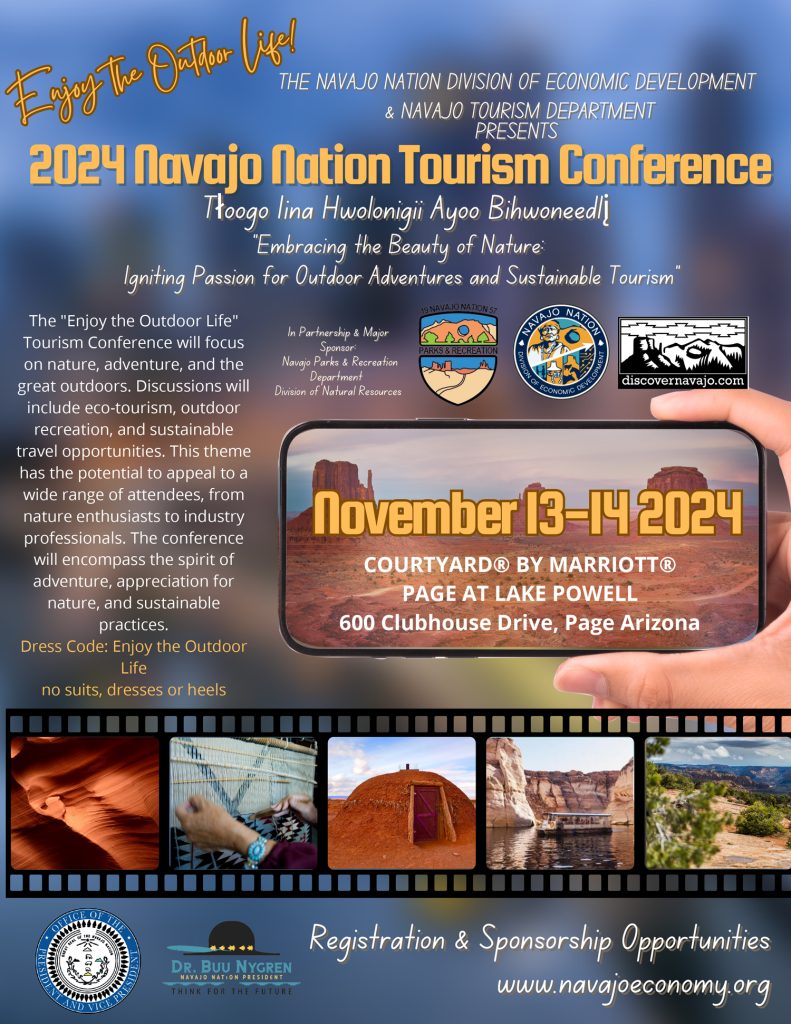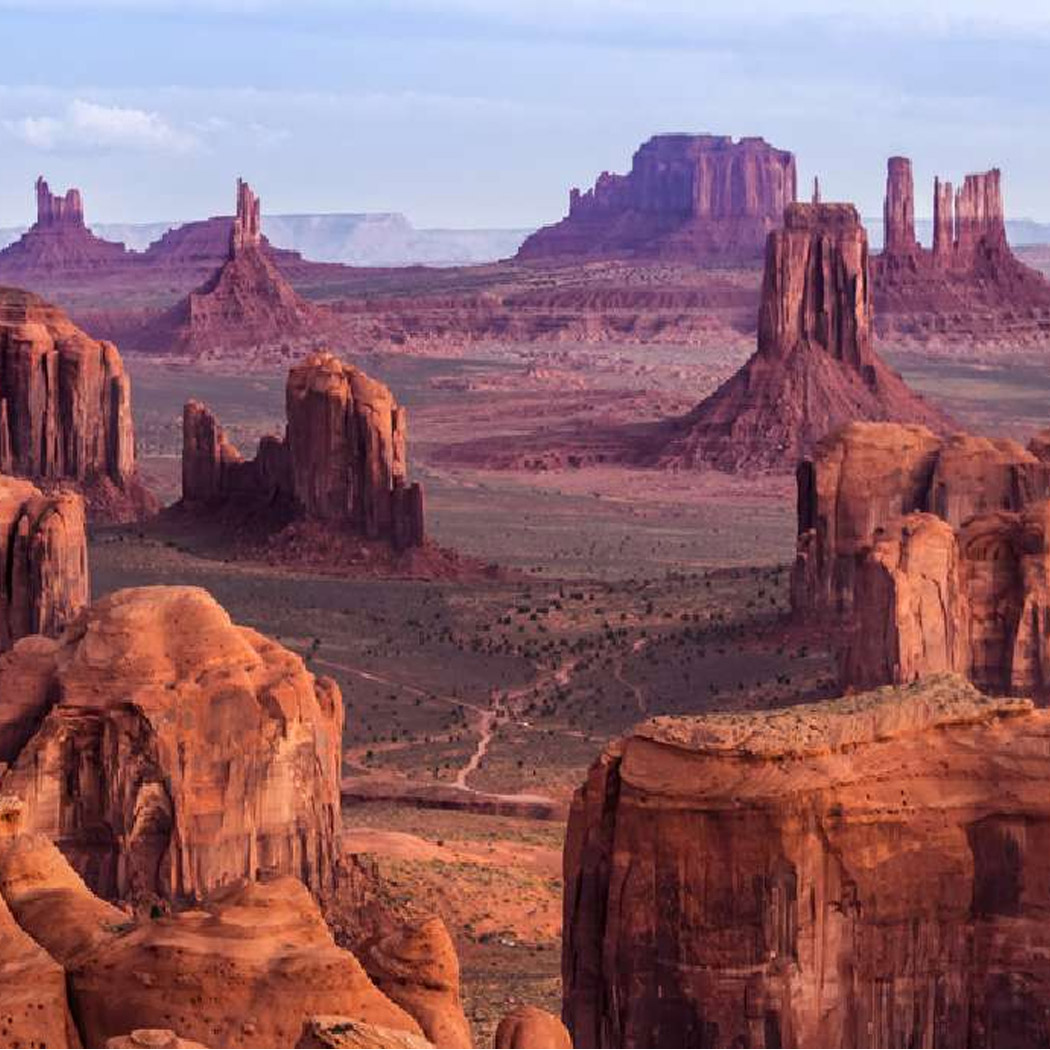
Navajo Nation Forges New Paths: Crafting a Sustainable Tourism Future
The vast, crimson landscape of the Navajo Nation, larger than ten U.S. states combined, has long captivated visitors with its iconic natural wonders like Monument Valley and Canyon de Chelly. Yet, beyond these world-renowned sites, a new vision for tourism is emerging – one that seeks to diversify offerings, empower local communities, and deeply root economic development in the rich tapestry of Navajo culture and sustainable practices. This ambitious endeavor aims to transform the Navajo Nation into a premier destination for authentic Indigenous experiences, balancing economic prosperity with cultural preservation and environmental stewardship.
For decades, tourism on the Navajo Nation, while significant, has often been characterized by a "pass-through" model. Visitors marvel at the grandeur of natural monuments, perhaps stopping for a brief tour, but often their dollars largely flow to external businesses or only partially benefit the local communities directly. Recognizing this economic leakage and the untapped potential of its unique heritage, the Navajo Nation government, in conjunction with local entrepreneurs and cultural experts, has embarked on a strategic push to develop a more robust, community-centric, and culturally immersive tourism economy.
One of the cornerstones of this new approach is the aggressive promotion of cultural tourism. This moves beyond mere observation to active engagement and education. Initiatives are focusing on creating opportunities for visitors to experience traditional Navajo life firsthand. This includes immersive stays in authentic hogans (traditional dwellings), participation in traditional meals, storytelling sessions under the stars, and demonstrations of ancient crafts. For instance, visitors can now engage with master weavers, silversmiths, and rug makers, learning about the intricate processes and profound cultural significance behind each creation. These experiences not only provide a deeper understanding of Navajo culture but also create direct economic opportunities for artisans and cultural practitioners, ensuring that traditional knowledge is valued and passed down.
"Our culture is not just something to be observed; it’s meant to be shared and experienced respectfully," states Myron Lizer, former Navajo Nation Vice President, highlighting the philosophy behind these initiatives. "When visitors stay in a hogan, eat our traditional foods, and listen to our stories, they are not just tourists; they become temporary guests in our home, fostering a deeper connection and appreciation." This shift emphasizes quality over quantity, aiming to attract visitors who seek meaningful interactions rather than fleeting photo opportunities.
Beyond cultural immersion, the Navajo Nation is also strategically developing its adventure and eco-tourism offerings. With its diverse terrain – from towering mesas and deep canyons to forested mountains and desert plains – the Nation is a natural playground for outdoor enthusiasts. New initiatives are promoting guided hiking and backpacking trips, horseback riding excursions that traverse ancient trails, and mountain biking routes that showcase breathtaking vistas. Kayaking and rafting tours on the San Juan River are also gaining traction, offering a unique perspective of the landscape and its ecological significance. Stargazing is another burgeoning attraction, leveraging the Nation’s vast, unpolluted night skies. The Navajo Parks and Recreation Department is central to this, working to establish and maintain trails, ensure visitor safety, and promote responsible outdoor ethics that align with Navajo principles of land stewardship.

Sustainable tourism is not just a buzzword but a guiding principle for these developments. The Navajo Nation is acutely aware of the delicate balance required to protect its sacred lands and finite resources while welcoming visitors. This includes promoting low-impact tourism, educating visitors on respectful behavior, and ensuring that development projects adhere to stringent environmental standards. There’s a strong emphasis on utilizing local resources and labor, minimizing the carbon footprint, and investing a portion of tourism revenues back into conservation efforts and community services. This holistic approach reflects the Navajo philosophy of Hózhó, a concept encompassing beauty, harmony, and balance in all aspects of life.
A critical component of this strategy is community-based tourism, which aims to empower local entrepreneurs and ensure that the economic benefits directly reach the communities that host visitors. This involves providing training and resources for small businesses, such as bed-and-breakfasts, local tour operators, and artisan cooperatives. The Navajo Nation Hospitality Enterprise, for instance, is working to create business incubation programs and provide access to capital for tribal members looking to enter the tourism sector. This decentralization of tourism development ensures that wealth is distributed more broadly across the Nation’s 110 chapters, rather than concentrating in a few established hubs.
"We want our people to be the owners and operators of these tourism ventures," explains Mae Franklin, a local entrepreneur running a successful cultural tour business near Shiprock. "It’s not just about jobs; it’s about self-determination and creating economic pathways that allow our youth to stay here, thrive, and contribute to our Nation." This focus on local ownership and operation not only keeps profits within the community but also ensures the authenticity and cultural integrity of the visitor experience.
Infrastructure development remains a significant challenge but is also a key area of investment. Improving roads, expanding lodging options beyond the major corridors, and enhancing visitor centers are crucial for supporting the growth of diverse tourism offerings. Efforts are underway to improve signage, develop comprehensive mapping resources, and expand internet connectivity in remote areas, making it easier for visitors to navigate and access information. Furthermore, marketing and branding initiatives are becoming increasingly sophisticated, utilizing digital platforms and partnerships with national and international tourism organizations to reach a wider audience. The "Diné Biiʼ Gáłtʼéé" (Navajo for "Navajo land is beautiful") campaign, for example, seeks to highlight the diverse attractions and experiences beyond the well-trodden paths.
The economic impact of these initiatives is projected to be substantial. Prior to the COVID-19 pandemic, tourism contributed significantly to the Navajo economy, but many opportunities were unrealized. By diversifying offerings and enhancing local ownership, the Nation aims to create thousands of new jobs, stimulate small business growth, and generate crucial revenue for tribal programs and services. These revenues are vital for funding education, healthcare, and infrastructure improvements that benefit all Navajo citizens.
However, challenges persist. Balancing the desire for economic growth with the imperative to protect sacred sites and cultural practices requires ongoing dialogue and careful planning. Educating visitors about cultural protocols and ensuring respectful engagement is paramount. Furthermore, workforce development programs are essential to equip tribal members with the skills needed for the hospitality and tourism sectors. The Navajo Nation is actively addressing these by implementing cultural sensitivity training for tour guides and developing comprehensive educational materials for visitors.
In conclusion, the Navajo Nation is not merely opening its doors to tourists; it is meticulously crafting a new narrative for Indigenous tourism. By focusing on cultural immersion, sustainable adventure, and community empowerment, it is building a tourism economy that is resilient, authentic, and deeply rooted in its unique heritage. This strategic evolution promises not only economic prosperity but also a powerful means of preserving and sharing the rich, enduring spirit of the Diné people with the world, ensuring that every visitor leaves not just with photographs, but with a profound understanding and respect for the Land and its first inhabitants.



